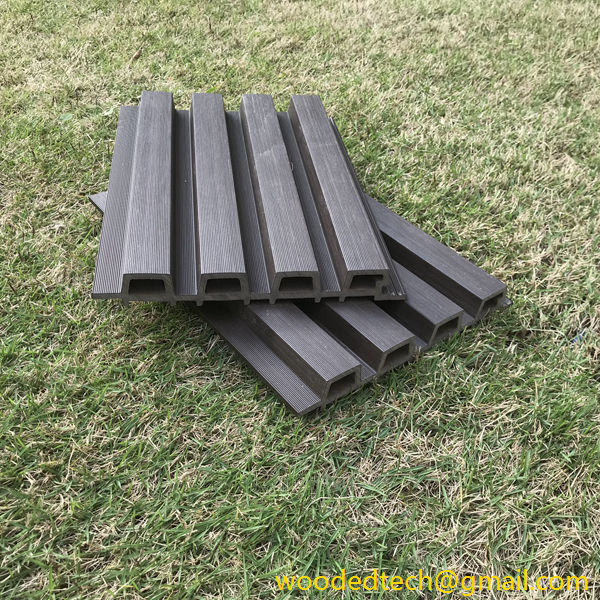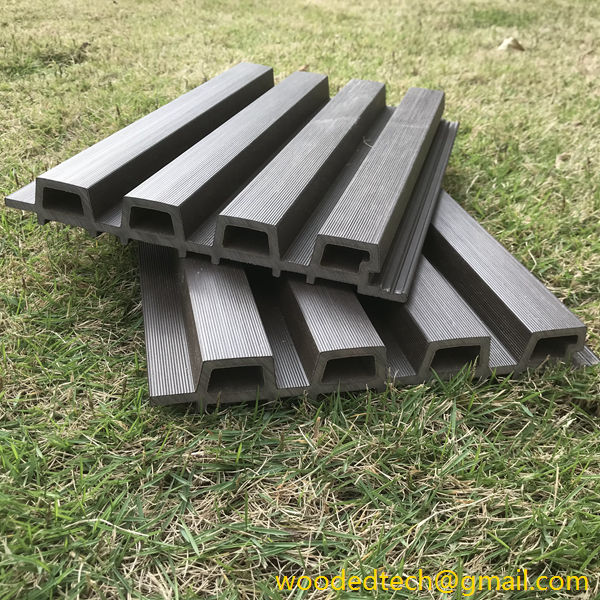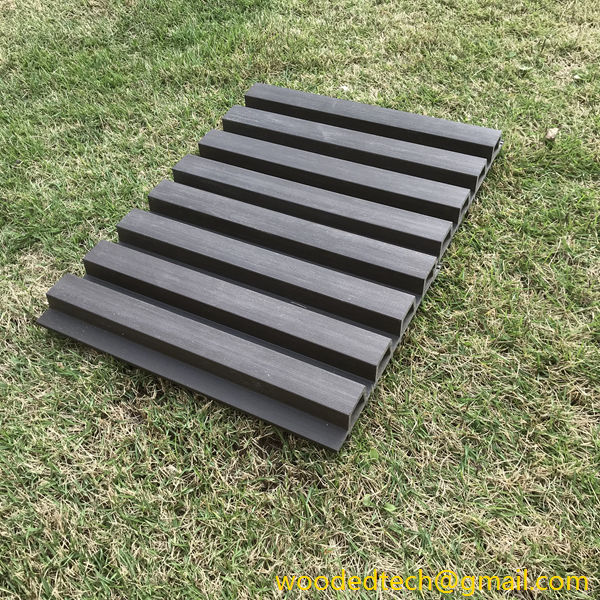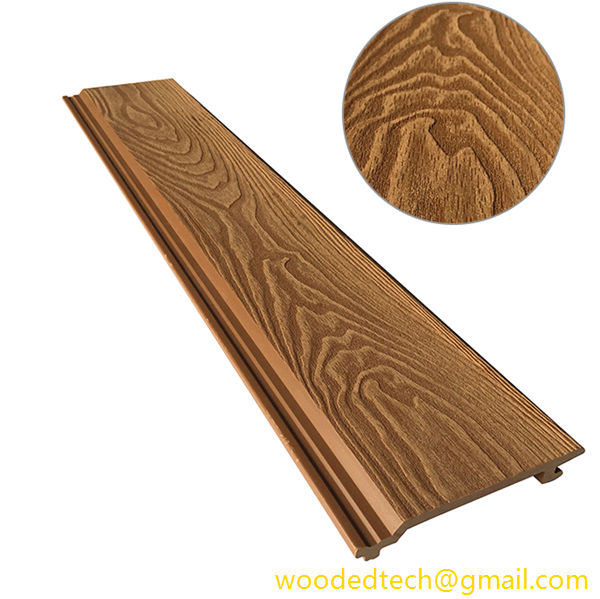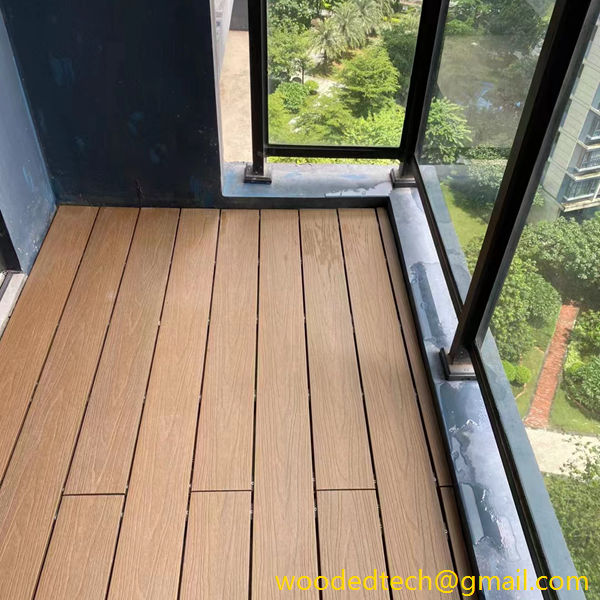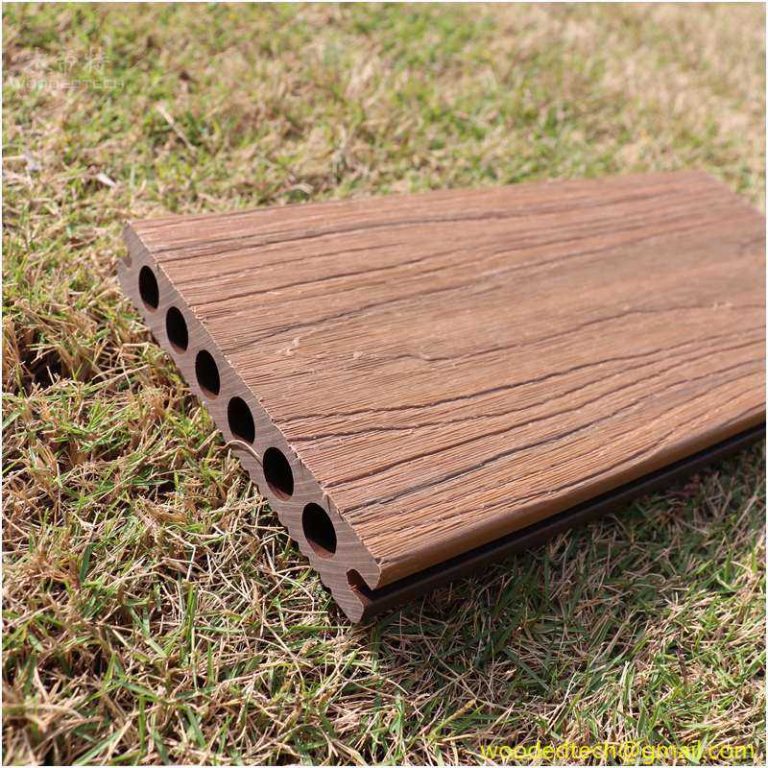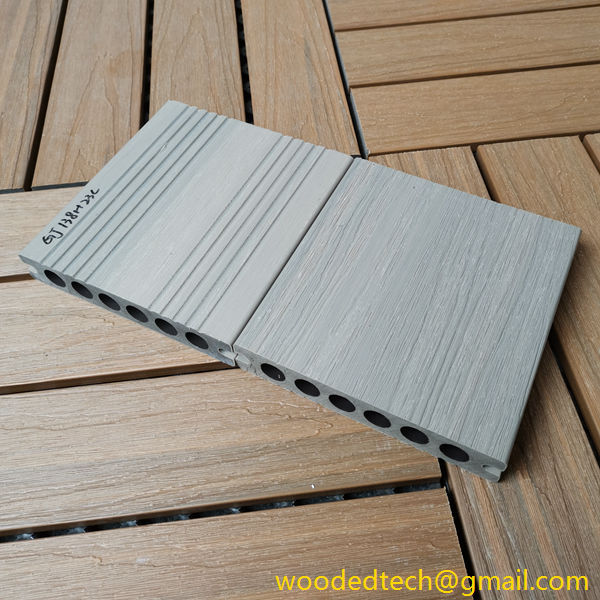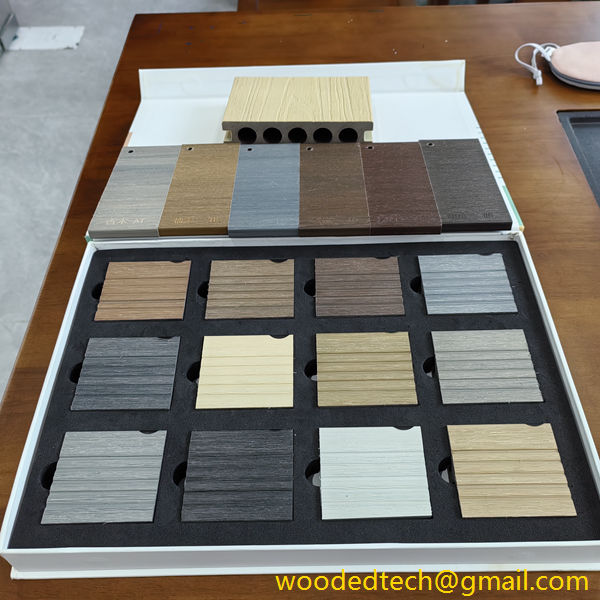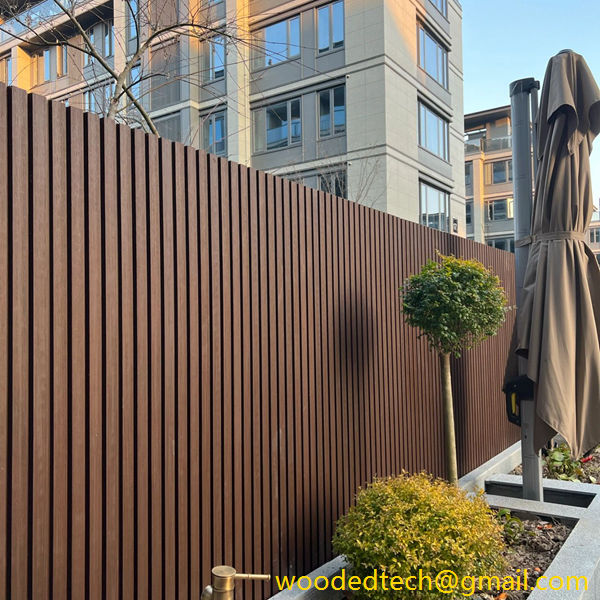Achieve a Modern Look with Wood Plastic Wall Cladding
In today’s design landscape, the quest for materials that seamlessly blend aesthetics, functionality, and sustainability is more pronounced than ever. One such material that has garnered significant attention is wood plastic wall cladding. This innovative product not only enhances the visual appeal of any space but also provides numerous practical benefits, making it a sought-after…
In today’s design landscape, the quest for materials that seamlessly blend aesthetics, functionality, and sustainability is more pronounced than ever. One such material that has garnered significant attention is wood plastic wall cladding. This innovative product not only enhances the visual appeal of any space but also provides numerous practical benefits, making it a sought-after choice for both residential and commercial applications.
Wood plastic composite (WPC) wall cladding combines the beauty of natural wood with the durability of synthetic materials. This unique blend creates a product that mimics the warmth and richness of traditional wood while offering enhanced resilience to the elements. As we delve deeper into the advantages and applications of wood plastic wall cladding, it becomes clear why this material is a perfect fit for achieving a modern look.
One of the most compelling aspects of wood plastic wall cladding is its aesthetic versatility. It is available in a wide range of colors, textures, and finishes, allowing homeowners and designers to create a tailored look that suits their individual style. Whether you prefer the rustic charm of weathered wood or the sleek sophistication of a polished finish, WPC cladding can meet your design needs. Additionally, the ability to customize the appearance of the cladding means that it can be used in a variety of settings, from contemporary urban lofts to traditional country homes.
In terms of functionality, wood plastic wall cladding excels in several key areas. One of its most significant advantages is its resistance to moisture and insects. Unlike traditional wood, which can warp, rot, or become infested with pests, WPC cladding is engineered to withstand the challenges posed by the natural environment. This durability makes it an ideal choice for exterior applications, such as siding or outdoor living spaces, where exposure to the elements is a concern.
Moreover, wood plastic wall cladding is low maintenance, which is a major selling point for busy homeowners and property managers. It does not require the same level of upkeep as traditional wood, such as regular staining or sealing. Instead, periodic cleaning with soap and water is usually sufficient to maintain its appearance. This ease of maintenance not only saves time but also reduces long-term costs associated with upkeep.
Another noteworthy benefit of wood plastic wall cladding is its eco-friendliness. As environmental awareness continues to grow, many consumers are seeking building materials that align with their values. WPC is often made from recycled wood fibers and plastic, making it a sustainable alternative to traditional timber. By choosing wood plastic wall cladding, individuals can contribute to reducing waste and minimizing their environmental footprint without compromising on quality or style.
In addition to its aesthetic and practical benefits, wood plastic wall cladding can also enhance the energy efficiency of a building. The insulating properties of WPC help to regulate indoor temperatures, reducing the need for excessive heating or cooling. This can lead to lower energy bills and a more comfortable living environment. For those committed to sustainability, the energy savings associated with using wood plastic wall cladding can further justify its selection as a building material.
Beyond residential applications, wood plastic wall cladding is increasingly being utilized in commercial settings as well. Its modern look and practical advantages make it an attractive option for businesses looking to create inviting spaces. Retail stores, restaurants, and offices can benefit from the aesthetic appeal of WPC while enjoying its durability and low maintenance requirements. Furthermore, the versatility of wood plastic wall cladding allows for creative design possibilities, enabling businesses to craft environments that resonate with their brand identity.
When it comes to installation, wood plastic wall cladding is designed for ease of use. Many products feature straightforward interlocking systems or clip-in designs that simplify the process for contractors and DIY enthusiasts alike. This not only speeds up construction timelines but also reduces labor costs. With a variety of profiles and sizes available, there is a wood plastic cladding solution that can accommodate any project scale.
In the realm of modern design, the importance of texture cannot be overstated. Wood plastic wall cladding offers a tactile quality that enhances the sensory experience of a space. The combination of smooth and textured finishes can create depth and visual interest on walls, making them a focal point in a room. This versatility allows designers to experiment with different applications, such as accent walls, feature ceilings, and outdoor spaces, all while maintaining a cohesive look.
As we look to the future of architecture and interior design, the integration of innovative materials like wood plastic wall cladding will only continue to grow. Its ability to meet the demands of modern living—through sustainability, durability, and aesthetic appeal—positions it as a frontrunner in the world of construction materials.
In conclusion, achieving a modern look with wood plastic wall cladding is not just about aesthetics; it encompasses a holistic approach to design that considers sustainability, functionality, and style. Whether you are renovating your home or embarking on a new construction project, wood plastic wall cladding presents a compelling option that can elevate your space while aligning with contemporary values. Embracing this material means making a choice that reflects a commitment to quality, innovation, and environmental responsibility. As the design world continues to evolve, wood plastic wall cladding stands out as a material that meets the needs of today’s discerning consumers while offering endless possibilities for creative expression.

